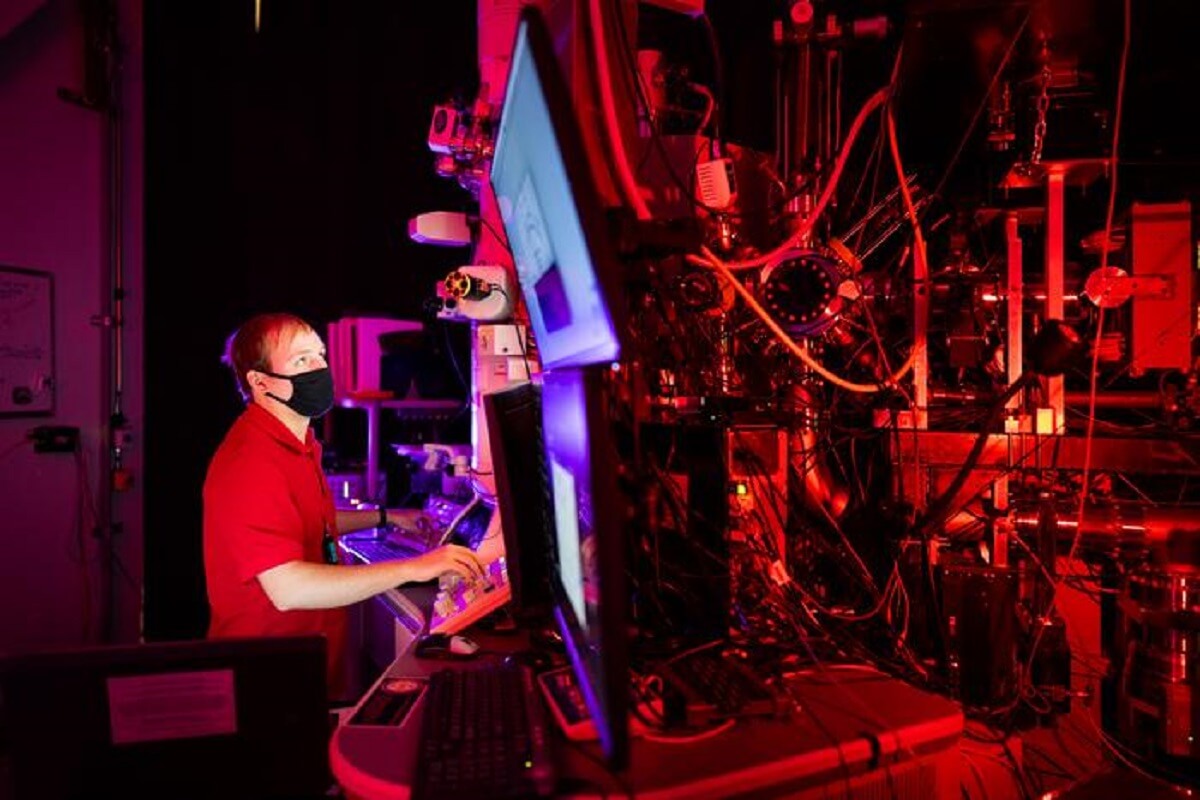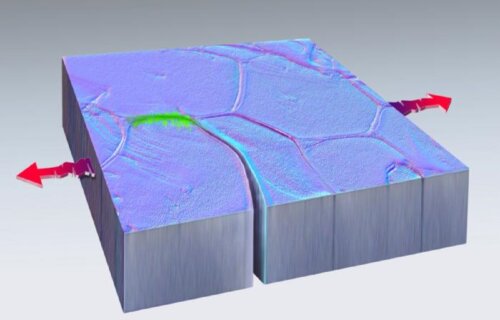ALBUQUERQUE, N.M. — According to new research, metals have the remarkable ability to heal themselves, just like the terrifying cyborg assassins in the “Terminator” movies. This discovery opens up possibilities for self-repairing engines, bridges, airplanes, and even rockets — which is especially promising for future manned missions to Mars.
In groundbreaking experiments, scientists were astonished to witness microscopic cracks disappear, offering hope for machines that can mend themselves on the spot.
“This was absolutely stunning to watch first-hand. What we have confirmed is that metals have their own intrinsic, natural ability to heal themselves, at least in the case of fatigue damage at the nanoscale,” says lead author Dr. Brad Boyce from Sandia National Laboratories in Albuquerque, in a media release.
Fatigue damage, resulting from repeated stress or motion, leads to the formation of tiny cracks in materials over time. These cracks grow and propagate until the entire device fails. This issue is of particular concern in spacecraft design, as a round trip to Mars takes at least 21 months.

The research team observed the disappearance of one of these minute yet consequential fractures, measured in nanometers.
“From solder joints in our electronic devices to our vehicle’s engines to the bridges that we drive over, these structures often fail unpredictably due to cyclic loading that leads to crack initiation and eventual fracture,” explains Dr. Boyce. “When they do fail, we have to contend with replacement costs, lost time, and, in some cases, even injuries or loss of life. The economic impact of these failures is measured in hundreds of billions of dollars every year for the U.S.”
While self-healing materials have primarily involved plastics, the concept of self-healing metals has largely been confined to the realm of science fiction.
“Cracks in metals were only ever expected to get bigger, not smaller. Even some of the basic equations we use to describe crack growth preclude the possibility of such healing processes,” Dr. Boyce notes.
The fortuitous discovery is based on a decade-old theory that, under certain conditions, metals should have the ability to weld cracks formed due to wear and tear.
The researchers initially intended to examine how cracks formed and propagated in a nanoscale piece of platinum using a specialized electron microscope technique. Surprisingly, after about 40 minutes, the damage reversed course. One end of the crack fused back together, as if it was retracing its steps, leaving no trace of the former injury. However, over time, the crack reappeared along a different direction.
Many aspects of this process remain unknown, including whether it can be practically implemented in a manufacturing setting.
“The extent to which these findings are generalizable will likely become a subject of extensive research,” says Dr. Boyce. “We show this happening in nanocrystalline metals in vacuum. But we don’t know if this can also be induced in conventional metals in air.”
The study has been hailed as a significant advancement at the forefront of materials science. It suggests that, under the right circumstances, materials can exhibit unexpected properties.
“My hope is that this finding will encourage materials researchers to consider that, under the right circumstances, materials can do things we never expected,” says co-author Professor Michael Demkowicz from Texas A&M, who conceived the original idea.
The findings are published in the journal Nature.
You might also be interested in:
- Watch this shapeshifting, Terminator-style robot liquefy and then reform itself to ‘escape jail’
- Medical robot inspired by pangolins can roll around inside your body fixing problems
- Liquid metal that folds like origami could make flexible smart devices a reality
South West News Service writer Mark Waghorn contributed to this report.

